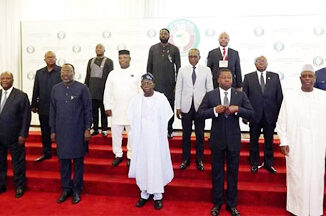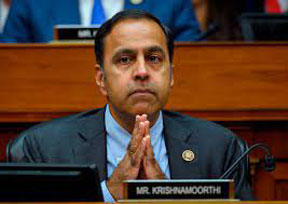Hope that they would be rescued soon kept workers trapped in a collapsed tunnel in India strong through their 17-day ordeal, some of the men said on Wednesday, Nov 28, after their rescue.
All 41 men, low-wage workers from some of India’s poorest states, were rescued. They were taken to a specialist hospital in Rishikesh city after spending the night at a makeshift medical facility in this small Himalayan town.
The men had lights in their confinement area and service pipes were used to push in oxygen, water, food, medicines and also to talk to them, and allow them to speak to their families.
They went for daily walks and did yoga in the 2-km (1-mile) stretch of the highway tunnel in which they were trapped.
But many said knowing they were not forgotten, and would be soon pulled out, was what really kept them hopeful and strong.
“For the first day or so, everyone inside was very hopeless and sad,” worker Birendra Kishku, 39, told Reuters. “We didn’t know if anyone outside knew we were trapped.”
“But when they reached us through the pipe, we got to know what the government was doing to bring us out,” he added. “Me, my family and our entire village is very happy now.”
RESCUE CLINCHED BY ‘RAT MINERS’
Government agencies managing the crisis had Nov 27 on turned to “rat miners” to drill through the rocks and gravel by hand from inside the evacuation pipe pushed through the debris after machinery failed.
The miners are experts at a primitive, hazardous and controversial method used mostly to get at coal deposits through narrow passages, and get their name because they resemble burrowing rats. The miners, brought from central India, worked through Monday night and finally broke through the estimated 60-metres of rocks, earth and metal on Tuesday afternoon.
“There was probably no government department that was not involved, there was practically an all-of-government approach … unlike any in the past,” said Syed Ata Hasnain, a member of the National Disaster Management Authority which oversaw the rescue.
The tunnel is part of the $1.5 billion Char Dham highway, one of Modi’s most ambitious projects, aimed at connecting four Hindu pilgrimage sites through an 890- km network of roads.
Authorities have not said what caused the cave-in but the region is prone to landslides, earthquakes and floods.
The tunnel did not have an emergency exit and was built through a geological fault, a member of a panel of experts investigating the disaster has told Reuters.
© The Indian Panorama





Be the first to comment